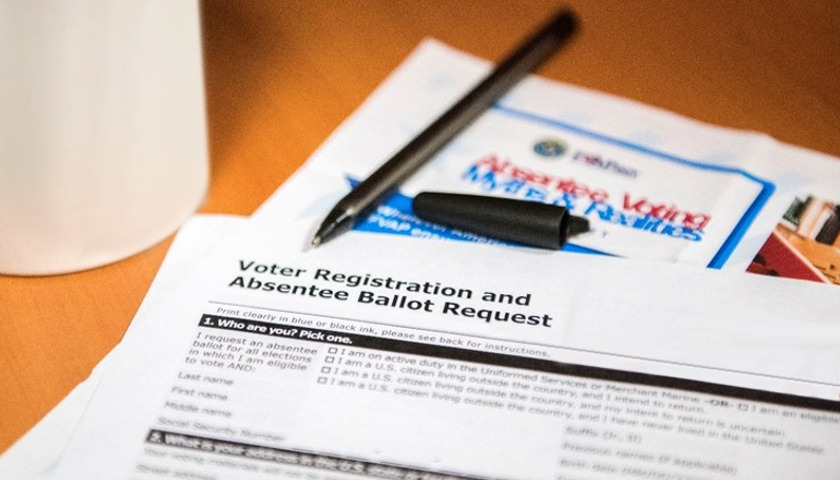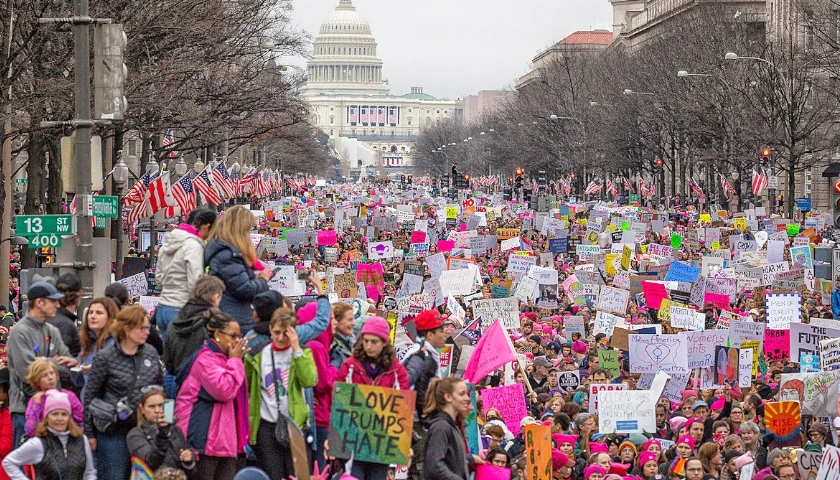The Pennsylvania Legislature passed Act 77 in October 2019 to make voting “more convenient and more secure” according to Governor Tom Wolf (D).
Major features of the Act include:
- extending voter registration from 30 days before an election to 15 days;
- allowing mail-in voting without an excuse to vote mail-in versus in-person;
- extending mail-in request (online and by mail) and submission up to 50 days before an election;
- extending the mail-in and absentee submission deadline from 5:00 p.m. the Friday before the election to 8:00 p.m. the day of the election.
The legislation also approved the issuance of $90 million in bonds to assist counties with the purchase of updated voting equipment with a paper trail component for audit purposes.
The act came by bipartisan approval and was a modernization of Pennsylvania election code from 1939.
But the mail-in and absentee deadline extensions were not enough for Democrats.
The Pennsylvania Democratic Party sued their own – bringing a lawsuit against the Democratic Secretary of the Commonwealth of Pennsylvania Kathy Boockvar.
State Democrats sought a three-day extension for mail-in ballots, making valid all ballots postmarked by November 3 and received by November 6 at 5:00 p.m.
The case was submitted to the Pennsylvania Supreme Court on September 8. According to Ballotpedia.org, “five judges on the court were elected in partisan elections as Democrats, one judge was elected as a Republican, and one judge was appointed by a Democratic governor.”
On September 18 a decision was handed down by the state high court. The 4-3 decision overruled the requirement for mail-in ballots to be received by Election Day – allowing them to be received up to three full days later.
The decision trampled the bipartisan legislation the Pennsylvania General Assembly enacted just one year earlier according to their constitutional prerogative to enact statutes.
In addition to allowing for the mail ballot extension, the Keystone State’s high court nearly bastardized the need for a postmark, ruling that ballots “received within this period that lack a postmark or other proof of mailing, or for which the postmark or other proof of mailing is illegible, will be presumed to have been mailed by Election Day unless a preponderance of the evidence demonstrates that it was mailed after Election Day.”
Pennsylvania Republicans countered by filing a writ of certiorari (request for the court to review) with the Supreme Court of the United States (SCOTUS), seeking to restrain the Pennsylvania Supreme Court decision.
On October 28, SCOTUS rejected the injunction – the court was gridlocked 4-4, which meant that the state supreme court ruling stood.
However, in a dissenting opinion accompanying the high court’s ruling, it was noted that SCOTUS may take up the case again and that the Pennsylvania Supreme Court’s “handling of the important constitutional issue raised by this matter has needlessly created conditions that could lead to serious post-election problems.”
Prior to the November 3 Presidential Election, Commonwealth Secretary Boockvar issued guidance on mail-in ballots received after 8:00 p.m. on Election Day– the ballots were to be separated, secured and if counted, counted separately.
Counties throughout Pennsylvania were not complying with the Secretary’s guidance and the SCOTUS had to intervene on Friday, November 6.
On that day, the Court issued an Order mandating that all of Pennsylvania’s 67 counties keep all ballots received after 8:00 p.m. on November 3 “in a secure, safe, sealed container separated from other voted ballots” and that “if counted, be counted separately.”
As of Wednesday, November 10 Pennsylvania’s 20 Electoral College votes are still in question. This despite the state’s updated election statutes, investment in voting equipment and last-minute jockeying by Democrats to make elections more convenient and more secure.
– – –
Jack Windsor is Managing Editor at both The Ohio Star and The Michigan Star. Windsor is also an Investigative Reporter at WMFD-TV and The Virginia Star. Follow Jack on Twitter. Email tips to [email protected].





